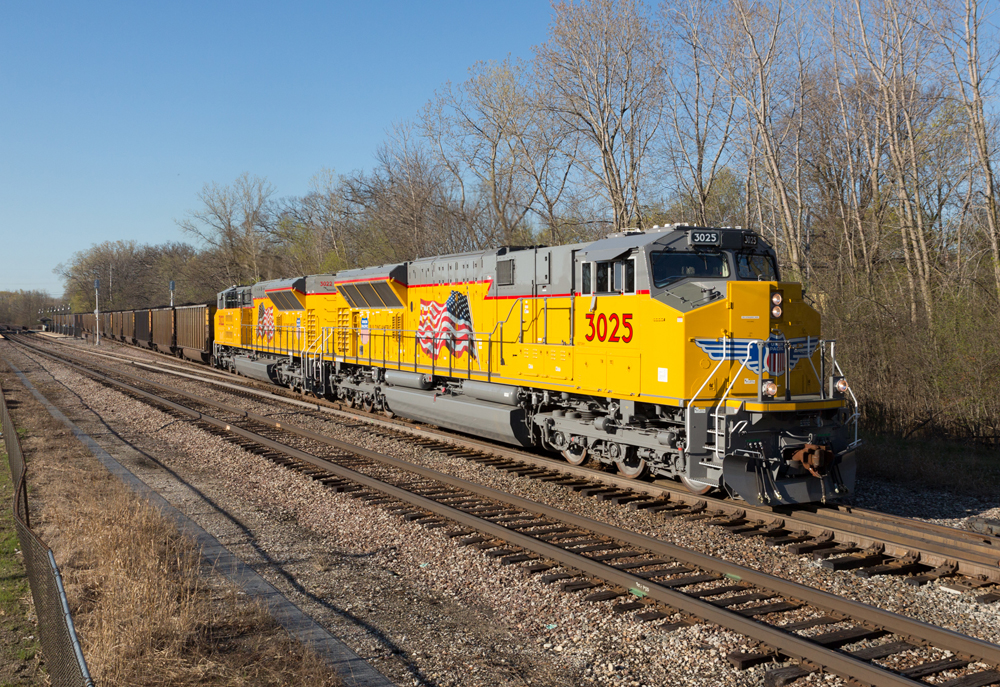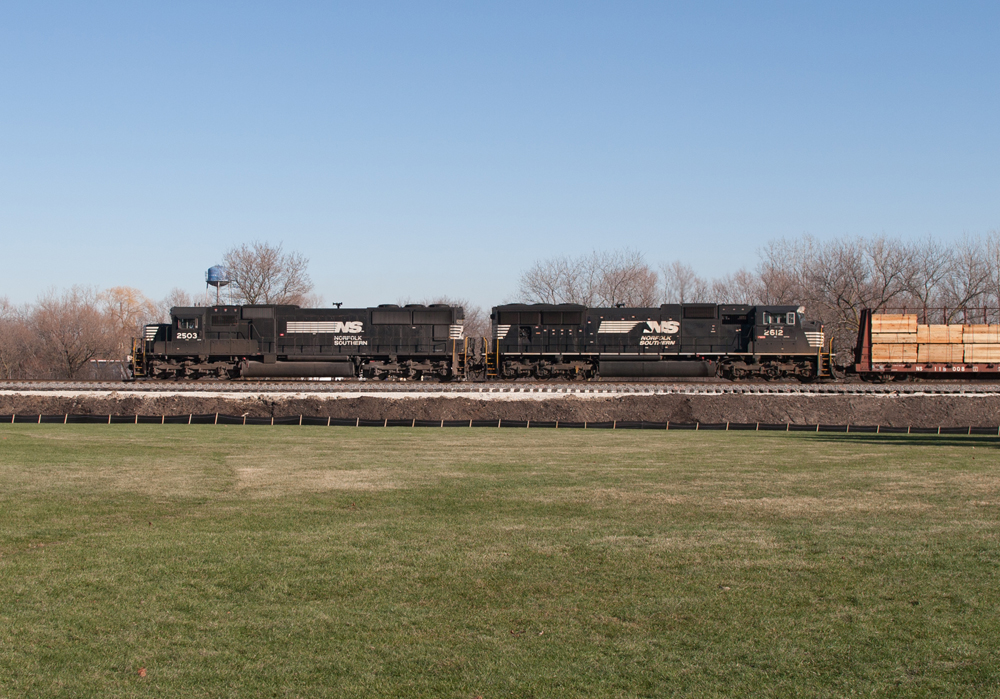SD70-series locomotives

EMD’s SD70-series is the longest-running locomotive series in railroading, spanning over three decades.
There have been nine domestic new-build models. There are also many more export and remanufactured models that use the “70-series” designation.
First introduced in 1992 as the successor to EMD’s “60-series” locomotives, the “70-series” locomotives were the builder’s first to not catalog a four-axle version. The first models, the standard-cab SD70 and comfort-cab SD70M, appeared in the early 1990s. While the SD70M sold well, the standard cab version was available to the handful of EMD customers still not 100% sold on the relatively new comfort cab concept in the United States.
Another low-selling model was the SD70I, which featured an isolated cab design to reduce noise for the crew onboard. While only a few dozen were produced, its higher-horsepower cousin, the SD75I, sold several hundred to three customers. The landmark SD70MAC model in 1993 would lead North America into the AC traction era that dominates the industry today.
The SD70MAC’s successor, the SD70ACe, brought about changes partially to comply with the new Tier 2 emission level that featured a rearranged design. The design placed the dynamic brakes at the rear of the locomotive and featured an upgraded AC traction system for better reliability. The “M” designation in the model would be dropped, adding the lower-case “e” to denote its “enhanced” features. EMD would also design a DC version, the SD70M-2, to the few Class I railroads that still weren’t onboard with AC traction.
There was some minor confusion regarding the -2 designation, which previously applied to EMD’s 1970s-era Dash-2 line of locomotives and denoted upgraded electronics. This time around, it was used to designate the Tier 2 emissions the model would achieve ahead of the 2005 implementation.
In 2013, two SD70ACe-P4 demonstrators were built with a B1-1B truck design, with four AC traction motors total and two idler axles near the fuel tank on each truck. The model was designed to provide an AC traction alternative with performance equal to or better than that of the company’s SD70M-2 that uses six DC traction motors. The design was a bust. BNSF was the only railroad to order the model, taking 20 locomotives in 2014. The two demonstrators went to a short line in the Pacific Northwest.
Tier 4 emissions came into effect in 2015 and the SD70ACe-T4 model followed, with a new four-cycle engine to meet the latest standard. Visually the locomotive is different from the SD70ACe with a redesigned nose and long hood. The four-traction-motor variant also carried over into the Tier 4 era, using the extremely cumbersome SD70ACeP4-T4 designation.
Today, Union Pacific is the sole operator of the SD70ACe-T4, and the two demonstrator SD70ACeP4-T4s have failed to entice any buyers.

Like this article? Read “The evolution of EMD’s GP60-series locomotives.”














Amtrak should look closer at the conversions that Metra in Chicago has purchased, might be a cheaper way to get the tired P-42 ‘s out to pasture or on to their next life
When Progress (EMD) failed to deliver a Tier 4 6-axle loco in 2015 since they spent too much time trying to update their two-cycle engine, GE completely took over the new mainline loco business. As noted, their final Tier 4 offering in 2017/2018 was a complete flop with UP the only main buyer. Overseas orders and rebuilding SD70s/SD90s is the bulk of their business today. But those rebuilds basically create a new loco for less money, so they will be around for a long time.